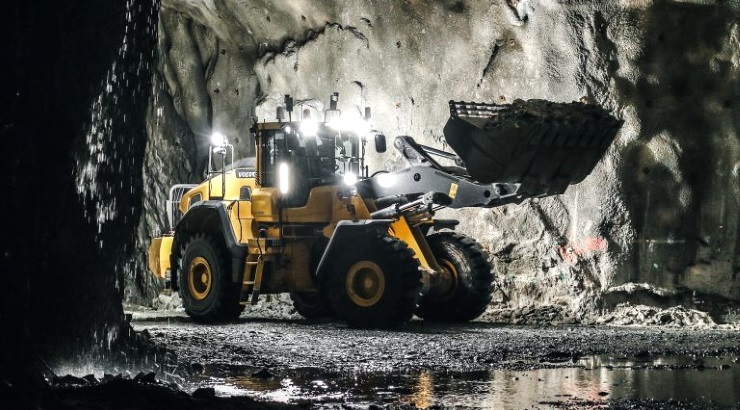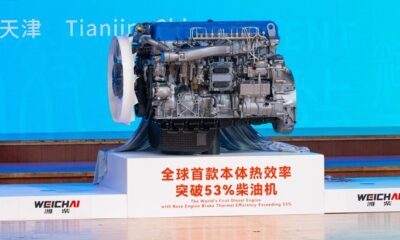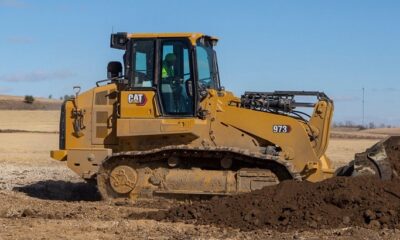Heavy Equipment
Volvo unveils loader that works 400m below the operator’s feet
The machine worked 1,312 feet underground while the machinist sat in an office above the ground.

Volvo Construction Equipment (Volvo CE) has teamed up with Swedish mining giant Boliden to develop a remote-controlled wheel loader that seeks to improve safety and productivity in the mining sector.
The wheel loader, which was piloted by the two companies last month, worked 1,312 feet underground while the machinist sat in an office above the ground to examine the safety aspect of withdrawing a human being from the production face of an underground mine.
The Volvo/Boliden tests are part of a research project on industrial mobile communication in mining (PIMM) that sought to demonstrate that employing the latest communication and automation technology in underground mines could make them safer and more efficient.
According to Boliden’s project manager, Fredrik Kauma, safety in underground mines was Boliden’s key motivation in taking part in the research.
“The best way to avoid accidents is to take the operator away from a dangerous situation,” said Kauma. “We believe that remote control is a critical component of removing the human element from the production face.”
While typical remote control processes involve keeping the equipment being controlled in sight, the Volvo/Bolden test used the internet (Standard Wi-Fi and 4g network) to connect the operator and the wheel loader and test controls.
The remote controlled loader had six cameras, three at the front and three at the back, as well as 16 diffused lights.
Machine motion was transmitted to the control station through an inertia measurement unit.
The above ground station featured seven monitors, one for each camera and an extra one that remitted information on loader functions including machine oscillation, articulation, cylinder pressure and bucket tilt angle.
Bolden is looking at several advantages of using remote control. One; improved quality of life for the operators since they will work in an office setting instead of underground where it is dark, damp and stuffy.
Two; increased productivity since remote control allows mining to continue immediately after blasting while currently, all workers must be evacuated before blasting and the mine has to be aerated before operations can resume.
In addition, possible elimination of the operator cab will make the loader lighter in weight hence more energy efficient.
Volvo’s advanced engineering program leader, Erik Uhlin said the project was a great success in proving that remote control technology can be used in challenging applications.
“Industrial applications in mobile networks aren’t just something out of science fiction – they are real,” Uhlin said.
The revolutionary project also involves telecommunications company Telia Company AB, communications network giant Ericsson, applied research institute RISE SIC, robotics firm ABB and Lulea University College.












